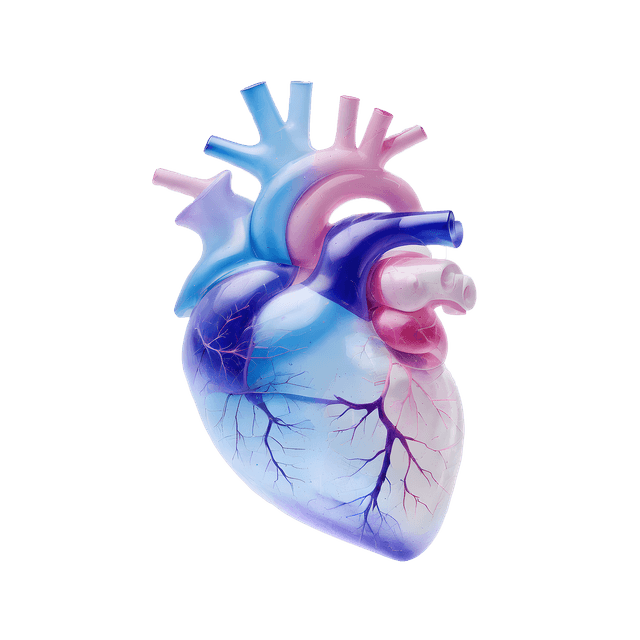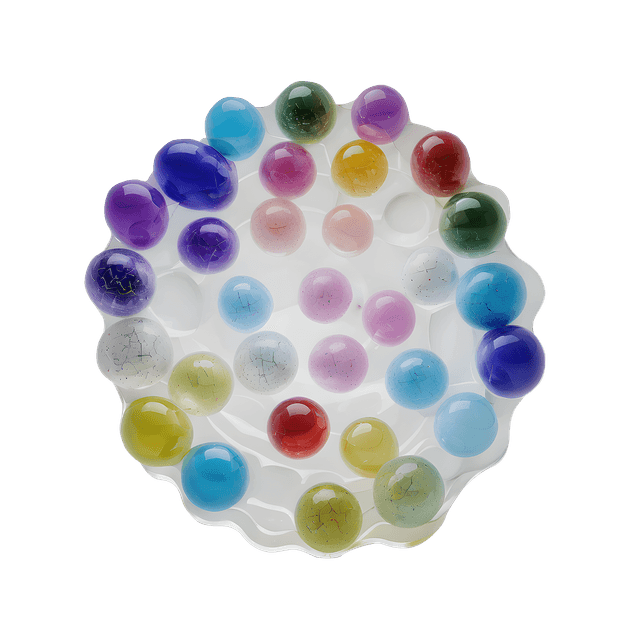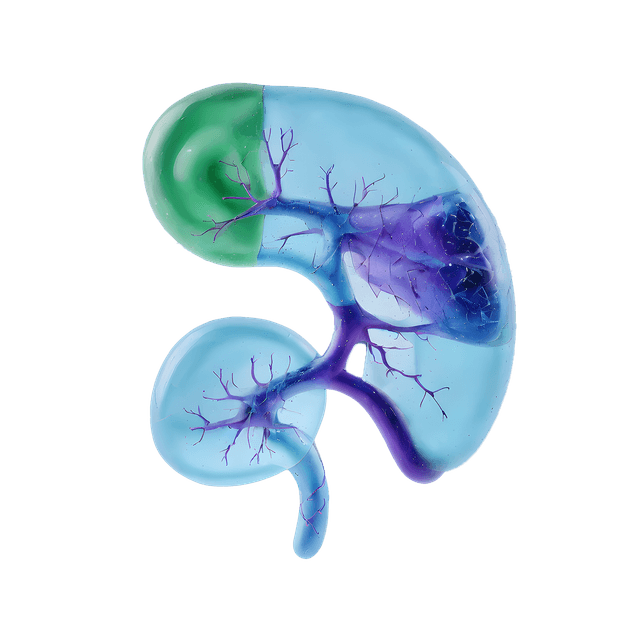Quick version
What Is a Heart-Healthy Diet?
A heart-healthy diet is a collective term for eating habits that protect the heart and blood vessels. It is based on principles from the Mediterranean diet and the nutritional recommendations from the NNR (Nordic Nutrition Recommendations).
This diet includes:
- Plenty of fruits, vegetables, and berries
- Whole grain products instead of refined white flour
- Legumes, such as lentils, beans, and peas
- Fish 2–3 times a week, preferably fatty fish
- Unsaturated fats from plant oils, nuts, and avocado
- Reduced amounts of sugar, salt, alcohol, and red meat
Why Diet Matters for the Heart
What we eat can affect several risk factors for cardiovascular disease, such as blood pressure, blood lipids, blood sugar, and inflammation in the vessel walls. A heart-healthy diet can help lower the “bad” cholesterol (LDL cholesterol), improve blood pressure and vascular function, reduce the risk of blood clots and atherosclerosis, and support a healthy weight.
Diet as Part of Treatment
If you already have a cardiovascular condition such as atrial fibrillation, heart failure, or have suffered a heart attack earlier in life, diet is a key part of your treatment plan. Eating regularly, avoiding large amounts of salt, and choosing blood pressure–regulating foods can make a big difference for heart health. It’s also important to know that some medications for atrial fibrillation are affected by vitamin K – therefore, consult your doctor about your diet if you use blood-thinning medication.
How to Get Started
Changing your diet can feel difficult. It’s important not to view heart-healthy eating as a temporary diet, but as a long-term lifestyle. Start with small steps: replace parts of your diet gradually, such as white bread with whole grains or butter with olive oil. Plan your meals and choose snacks like fruit or nuts. Examples of small changes that make a big difference include:
- Swap butter for canola or olive oil
- Choose fish instead of meat a few days a week
- Eat plenty of vegetables — aim for half your plate
- Choose unsalted nuts and plain yogurt
- Drink water instead of soda or alcohol
A Day of Heart-Healthy Eating
Here’s an example of a day’s worth of heart-healthy meals, divided into the day’s meals:
Breakfast
- Oatmeal made with oats and water/milk. Top with fresh berries and a teaspoon of flaxseeds.
- One boiled egg
- A cup of green tea or unsweetened coffee
Oats contain beta-glucans that can help lower cholesterol levels. Berries and flaxseeds provide antioxidants and omega-3 fatty acids.
Lunch
- Baked salmon with lemon and dill
- Quinoa or whole grain bulgur
- Large salad with leafy greens, tomato, avocado, and olive oil
- A glass of water or sparkling mineral water
Salmon is rich in omega-3 fatty acids that protect the heart. Whole grains and vegetables provide fiber and essential minerals.
Snack
- A handful of unsalted nuts (e.g., almonds or walnuts)
- An apple or an orange
Nuts contain healthy fats and antioxidants that reduce inflammation and improve blood lipids.
Dinner
- Chicken fillet fried in olive or canola oil
- Oven-roasted root vegetables such as carrots, parsnips, and beets
- Broccoli and a spoonful of hummus as sauce
Chicken provides lean protein, while root vegetables and broccoli add fiber and antioxidants. Olive oil and hummus supply healthy monounsaturated fats.
Evening Snack
- Plain yogurt with a tablespoon of oat bran and some berries
- Chamomile or herbal tea
Yogurt contains probiotics that support gut health, which is also linked to better heart health. Oat bran adds extra fiber.
Active Lifestyle Choices Matter for the Heart
Diet is important, but it’s only part of the picture. To best protect your heart, you should also exercise regularly (at least 150 minutes per week), manage stress, and prioritize good sleep. It’s also essential to quit smoking and limit alcohol intake.


























